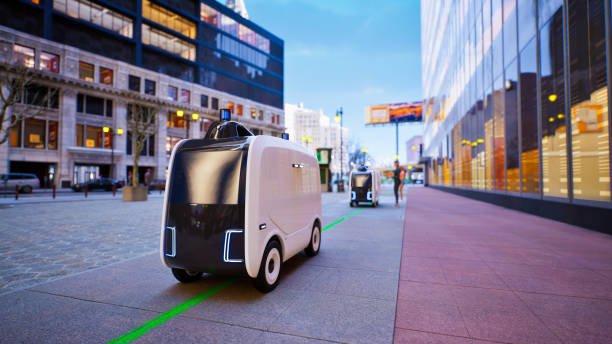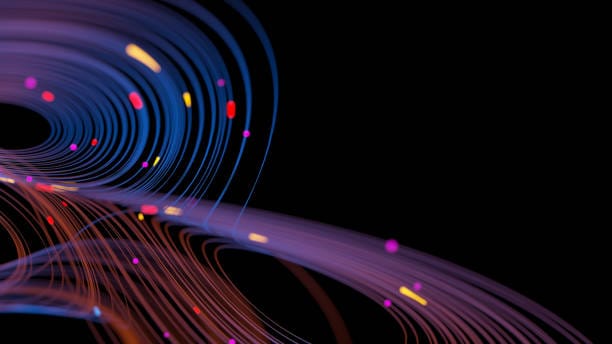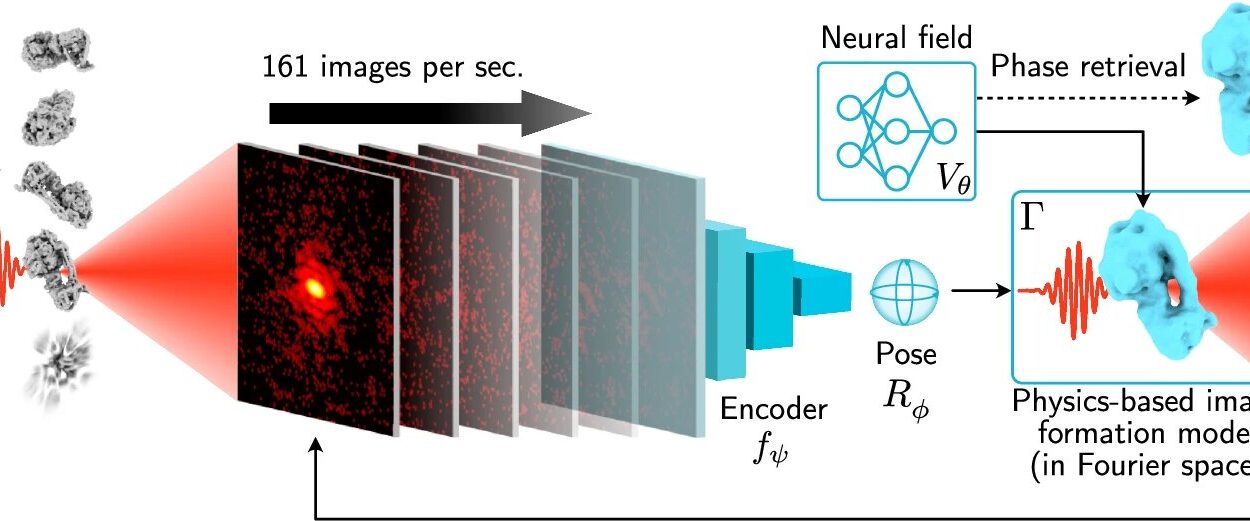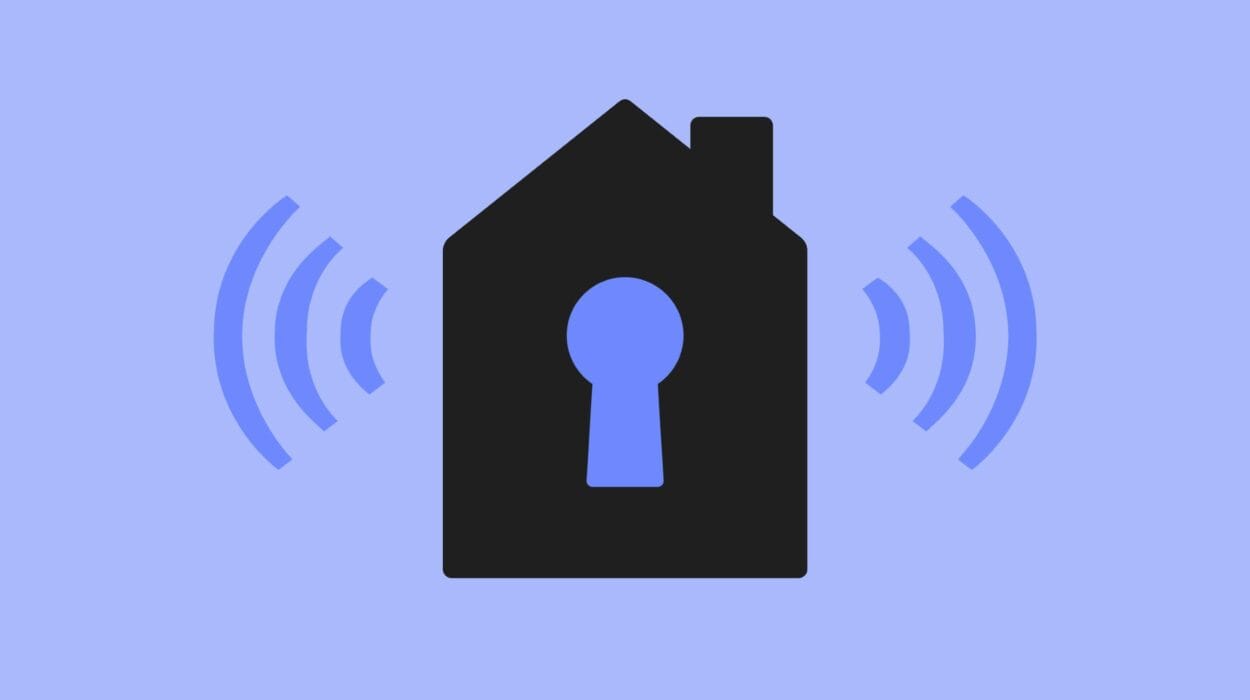In the twenty-first century, data is often called the “new oil.” But unlike oil, data isn’t extracted from the earth — it’s generated from our lives. Every click we make, every step tracked by a smartwatch, every online purchase, every medical scan, every digital conversation contributes to an invisible flood of information flowing across the globe. This constant generation of data fuels powerful algorithms that can diagnose diseases, predict traffic patterns, recommend movies, and even identify criminal suspects.
The rise of data science has brought breathtaking opportunities. Governments can respond faster to emergencies with real-time data from satellites and social media. Businesses can innovate products tailored to individual needs. Scientists can discover patterns in oceans of information that would have been invisible to the human eye. But for all its benefits, data science has a darker, more complicated side — a side that asks difficult questions about how this information is gathered, who owns it, and what can be done with it.
At the heart of these questions lie three intertwined ethical pillars: privacy, consent, and fair use of data. Together, they form the moral compass that should guide the modern data scientist. Yet in a world where technology often moves faster than law, these principles are constantly tested, bent, or ignored entirely.
Privacy: The Invisible Frontier
Privacy is more than just keeping secrets — it is the ability to control how your personal information is accessed and used. In the analog world, privacy was easier to imagine: letters could be sealed, conversations could be held behind closed doors. But in the digital realm, privacy is a moving target.
The moment a piece of personal information is uploaded, it enters a sprawling ecosystem of servers, analytics tools, and algorithms. Your birth date, once shared for a harmless online quiz, could become a key in unlocking your identity. Your shopping history could reveal intimate details about your health, relationships, or financial status. Even anonymized data — supposedly stripped of identifying details — can sometimes be reassembled to identify individuals when combined with other datasets.
The challenge for data scientists is that modern analytics thrives on large, diverse datasets. The more information available, the better an algorithm can learn. But the same abundance of data increases the risk of privacy breaches, intentional or accidental. For example, a medical research project might collect thousands of anonymized patient records to study disease patterns. Yet if those records are linked with publicly available data, some individuals might be identifiable, jeopardizing their confidentiality.
Privacy is not just about protecting information from hackers or unauthorized access. It is about respecting the autonomy of individuals in deciding how their data is shared, stored, and used. Without robust privacy safeguards, the trust between data collectors and the public can fracture, threatening the very foundation on which data science depends.
Consent: The Unspoken Agreement
If privacy is about control over personal data, consent is about granting permission for its use. In theory, consent is simple: people should agree to how their information will be collected and used. In practice, it’s a tangle of vague agreements, legal jargon, and silent assumptions.
Most internet users have clicked “I Agree” to terms and conditions without reading a single sentence. These agreements often span dozens of pages, written in dense legal language that obscures their meaning. As a result, consent becomes less of a conscious choice and more of a passive surrender. When people don’t fully understand what they’re agreeing to, is that consent truly valid?
The ethical challenge deepens when data is collected indirectly. A fitness app may record your heart rate to track your workouts — but what if that same data is sold to an insurance company that uses it to adjust your premiums? Did you consent to that? Or consider facial recognition systems that scrape images from social media without asking permission. Even if those images are technically “public,” does that give companies the moral right to use them for commercial or surveillance purposes?
True informed consent means more than just getting a signature or a checkbox. It means ensuring that individuals understand the purpose of data collection, the potential risks, and their right to withdraw consent at any time. In the rush to gather more data, this principle is often pushed aside, replaced by a model where convenience trumps clarity.
Fair Use: Drawing the Boundaries
The concept of fair use in data science is both straightforward and slippery. On one level, it means using data in ways that are just, proportional, and respectful of the people it represents. On another, it involves navigating a web of legal, cultural, and social norms that vary across countries and industries.
Fair use is not just about legality — it’s about morality. A company may legally purchase consumer data from brokers, but is it fair to use that data to manipulate purchasing habits in ways the consumers never expected? A government may lawfully gather location data during a public health crisis, but is it fair to retain and repurpose it for unrelated surveillance?
One of the most contentious debates in fair use arises in artificial intelligence. Machine learning systems are trained on vast datasets, many of which are scraped from the internet without explicit permission from content creators. Artists, writers, and musicians have voiced concerns that their work is being used to train AI systems that can then produce derivative creations — often without attribution or compensation. Technically, this may fall into legal gray areas, but ethically, it raises questions about exploitation, credit, and creative rights.
Fair use also intersects with bias and discrimination. If a hiring algorithm is trained on historical data that reflects social inequalities, it may perpetuate unfair patterns, excluding qualified candidates based on gender, race, or socioeconomic background. Ethical data science requires not only protecting data subjects but also ensuring that the outcomes generated from data do not harm them.
The Human Cost of Ethical Failures
The consequences of neglecting privacy, consent, and fair use can be severe — not just in abstract moral terms, but in tangible human harm. Data breaches can expose millions of people to identity theft, financial loss, or reputational damage. Misuse of data can lead to wrongful arrests when flawed facial recognition identifies innocent people as suspects. Targeted misinformation campaigns can sway elections, destabilize societies, and erode democratic institutions.
In some cases, the harm is deeply personal. A mental health app that shares user data with advertisers can betray the trust of vulnerable individuals seeking help. A predictive policing system trained on biased crime data can unfairly target specific communities, deepening mistrust between citizens and law enforcement.
These failures do more than harm individuals — they undermine public confidence in data-driven technologies. And without trust, even the most powerful data science innovations will face resistance, skepticism, and backlash.
Building Ethical Frameworks
If ethical challenges in data science are inevitable, the question becomes: how can they be addressed? One answer lies in establishing robust frameworks that guide decision-making at every stage of a project.
An ethical framework is not just a checklist. It’s a living set of principles embedded into the culture of an organization. It begins with transparency — making it clear what data is collected, how it will be used, and who will have access. It includes accountability, ensuring that data scientists and organizations can be held responsible for misuse. It requires foresight, anticipating not only the intended outcomes of data use but also potential unintended consequences.
Privacy-by-design is one approach, where systems are built from the ground up with privacy protections baked in. Similarly, consent mechanisms can be redesigned to be clear, concise, and user-friendly, empowering individuals to make informed choices. Fair use guidelines can be developed in collaboration with ethicists, legal experts, and community representatives, ensuring that multiple perspectives shape data policies.
But perhaps the most important element is education. Data scientists must be trained not only in technical skills but also in ethical reasoning. Just as doctors swear an oath to do no harm, perhaps future data scientists will take an oath to respect the dignity, autonomy, and rights of those whose data they use.
The Global Nature of the Challenge
Ethics in data science cannot be confined to national borders. Data flows freely across countries, stored in clouds that span continents. A dataset collected in one jurisdiction may be processed in another and used in a third, each with different laws and cultural attitudes toward privacy and consent.
This global nature creates both challenges and opportunities. International cooperation can lead to shared standards, such as the European Union’s General Data Protection Regulation (GDPR), which has influenced data policies worldwide. At the same time, cultural differences mean that concepts like privacy may not carry the same weight everywhere. In some societies, collective benefit is prioritized over individual control, leading to different ethical balances.
For multinational companies and global research collaborations, navigating these variations is complex. But in an interconnected world, ethical lapses in one region can have ripple effects across the globe, making it imperative to adopt the highest standards wherever data is handled.
Looking Ahead: The Next Frontier of Data Ethics
The future of data science will bring new ethical questions that we can barely imagine today. The rise of biometric data, brain-computer interfaces, and synthetic biology will generate information that is even more intimate than our current digital footprints. Who will own the data from your thoughts, your DNA, your neural patterns? How will consent work when data can be inferred from behavior without direct collection?
Artificial intelligence will also deepen the challenge. As AI systems become more autonomous, questions will arise about who is responsible for their decisions and how to ensure they act in ways aligned with human values. The line between human and machine decision-making will blur, demanding new ethical frameworks.
One thing is certain: the pace of technology will not slow down for ethical debates to catch up. This means that ethics cannot be an afterthought — it must be a driving force in the design, deployment, and governance of data science.
A Shared Responsibility
Ethics in data science is not the sole responsibility of data scientists. It involves policymakers who craft laws, companies that set corporate priorities, educators who shape the next generation of professionals, and citizens who demand accountability. It is a shared responsibility because data touches every aspect of our lives.
The public also plays a role in shaping the ethical landscape. By becoming informed about data rights, advocating for stronger protections, and holding organizations accountable, individuals can push the conversation beyond technical feasibility to moral necessity.
Einstein once warned that “concern for man himself and his fate must always form the chief interest of all technical endeavors.” In the realm of data science, this means recognizing that every dataset is not just numbers — it represents people, with lives, dignity, and rights. Treating data ethically is not merely good practice; it is an expression of respect for the humanity behind the information.
Conclusion: Keeping the Human in the Loop
The story of data science is still being written. It can be a story of extraordinary breakthroughs, where technology serves to heal, connect, and empower. Or it can be a story of exploitation, surveillance, and division. The path it takes will depend on the choices we make today about privacy, consent, and fair use.
To keep the human in the loop, we must resist the temptation to see data as a commodity detached from the people it describes. We must demand transparency, insist on genuine consent, and ensure that fairness is not an optional feature but a foundational requirement. Only then can the power of data science be harnessed in a way that honors the values we hold most dear.
The promise of data is immense, but so is the responsibility. The tools we create will shape the world — and in shaping the world, they will shape us. The question is not just whether we can do something with data, but whether we should. And that is a question that only ethics can answer.






